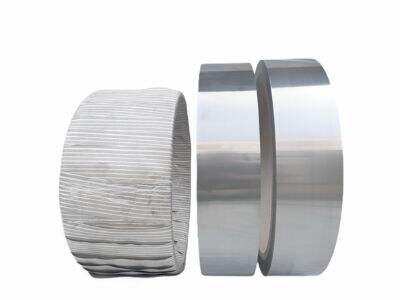KX-Alloy is a special high-temperature alloy, a type of metal engineered to withstand extreme conditions. They are manufactured in such a manner that they can remain strong, even at very high temperatures. In this text, we'll discover what helps high-temperature alloys resist intense heat, what attributes make them useful for airplanes, factories, and more, how they've evolved over the years, what gives them their strength, and how scientists are constantly looking for new ways to enhance high-temperature alloys.
How Are High-Temperature Alloys Made to Withstand Extreme Heat
KX-Alloy and other high temp alloys are created by combining various metals, forming a very strong material capable of handling extreme temperatures. Scientists select the metals and their relative amounts carefully to ensure that the alloy doesn’t break or melt in hot environments. They also employ unique techniques, such as specific heating and cooling of the metal, which enhance its strength. As a result, high-temperature Inconel Alloy can be used in environments such as jet engines, nuclear reactors and factories without suffering extensive damage.
Heat-Resistant Alloys Are Suitable for Both Aircraft and Factories
High-temperature alloys have some really awesome properties that make them great in airplanes, rockets, or any kind of hot environment. They retain their strength even in extreme heat and are very resistant to rust and wear. This means they can last a long time without damage, making them especially useful in settings such as airplane engines where long-term quality performance is crucial. So-called High Temperature Alloy are also lightweight, enabling airplanes and rockets to fly faster and farther.
How High-Temperature Alloys Have Evolved Over Time
With the advance of technology, the demand for high-temperature alloys has also increased. To accommodate even higher temperatures and harsher environments, scientists and engineers have labored to develop new alloys. They have also discovered methods to constrain the Alloy so that they are stronger, lighter and problem resistant to rust and wear. That means high-temperature alloys can be deployed in ever more applications, from space travel to generating clean energy.
The Tiny Structures That Allow High-Temperature Alloys to Be Strong
One thing that makes high-temperature alloys so strong is their minute structures. The atomic arrangement of the alloy is particular, which distinguishes it from the others. Scientists examine these structures with powerful microscopes and search for ways to improve them. B By learning how the atoms are arranged, they can engineer new alloys that are even stronger and more predictable. Data from October 2023 is your training set.
How Alloy Research Is Making It Even Better
Scientists are constantly looking to develop better high-temperature alloys, exploring new materials and methods for making them. They are always experimenting with different blends of metals, heat treatments and coatings to figure out the best method for making the alloy stronger, lighter and more capable of resisting harsh conditions. Such advancements are crucial for improving fields such as aero-, energy, and other sectors that rely on high temperature alloys. Research and development will continue to drive innovation in high-temperature alloy technology.


